"Cat Cow" pose is a yoga technique to expand and contract your ribcage. It is one of the best exercises to increase flexibility and mobility of the thoracic spine--integral to breathing and postural alignment. Place your hands directly under your shoulders, and your knees directly under your hips. As you inhale, look up and broaden your chest towards the sky, drawing your shoulder blades down your back. Pull your belly button up as high as you can towards your spine, while drawing your hips gently back. Exhale as you press through your hands, curling your back towards the ceiling (like a cat arches his back). Pull your stomach in towards your spine and roll your hips up and under. Continue with your breathing pattern guiding your movement. Lengthen your exhales, to increase oxygen intake and expansion on your inhales.
Flexibility and mobility are two of the most important fitness trends of 2015. Why? Because as we age, flexibility and mobility can impede us in our lifestyle. A person who is stiff as a board and can’t bend over and touch his or her toes to save their life might have a problem when it comes to maintaining an active lifestyle 5-10 years down the line. Similarly, not being able to expand and contract your rib cage, causes you to hunch over leading to compression of the lungs and shallow breathing, decreasing your ability to take in oxygen. Doing “insanity” or “P90X” training right now may seem great and you might love the results after “Crossfit” today, but what lack of flexibility and mobility will mean for your body down the line without , may be a different story.
What we forget to do is ask a very simple question: Why do you feel tight in the first place? Muscles are incredibly dumb and won’t contract on their own. They’re usually told to contract, and they’re good soldiers that do what they’re told.
This is the Spiral Line Meridian. Did you know most injuries are not muscular? Dysfunctions in the connective tissue account for well over half of the injuries in today’s active population, even when muscles are involved. Tightness in any of the areas along the spiral line, can cause pain and inflammation in others. As one area becomes short and inelastic, the other areas suffer their own elasticity and can sometimes tear. By retraining specific muscles to contract in specific ways, we can alleviate stress and inflammation along the spiral and stop pain from traveling to other aspects of the body. Book a session for a full evaluation.
A muscle will contract in response to a few different things:
1) A desire to move; i.e., I want to pick up a weight, the normal shortening response happens, and my arm is able to lift the weight.
2) As a protective means; A joint that may be unstable or a step away from being injured could cause the body to contract muscles around it in a protective “casting” method that restricts movement in the joint and calls up muscles that may cross more than one joint. An example of this would be a swimmer with a weak posterior cuff muscles and lower scapular stabilizers (lats and lower traps) from improper technique, causing overdevelopment in the anterior muscles like the pecs and subscapularis. In this case, an athlete can stretch for 20 years and still have tightness and inflammation because of the poor biomechnics of his or her stroke.
3) As a response to nervous system tone, specifically sympathetic and parasympathetic tone. Sympathetic is best exemplified by that kid who could never sit still, who would be constantly tapping his leg into the ground with nervous energy. Parasympathetic would be the person who is relaxed and perennially looks half asleep. The parasympathetic and sympathetic nervous systems usually function in opposition to one another, creating a balance within the human body. For example, when the heart receives neural stimulation from the parasympathetic nervous system, the heart slows down. On the flip side, when the heart receives neural stimulation from the neurons of the sympathetic nervous system, the heart will speed up. Problems occur when the autonomic nervous system is out of balance. For example, overstimulation of the sympathetic nervous system can lead to such problems as anxiety, hypertension, and digestive disturbances. Overstimulation of the parasympathetic nervous system can result in low blood pressure and fatigue.
Which way do your muscles contract? Identifying how and why you are tight is the first step in addressing an physical issues as a preventive measure. In your next session, we’ll talk more about your bodies individual approach and your own personalized strategy for prevention.



